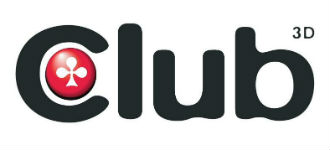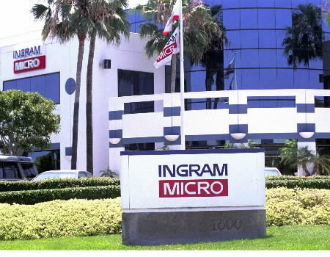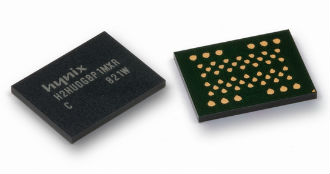 Lenovo and EMC recently cuddled up in a joint venture and the first LenovoEMC branded products are already hitting the market. However, as a side effect Lenovo is also rebranding some of its other storage products.
Lenovo and EMC recently cuddled up in a joint venture and the first LenovoEMC branded products are already hitting the market. However, as a side effect Lenovo is also rebranding some of its other storage products.
The Iomega brand seems destined for the bargain bin. It appears that it will be used solely for low-end storage solutions. The good stuff will feature the LenovoEMC brand.
“Effective immediately, the former Iomega-branded network storage products are available worldwide with new branding that reflects the LenovoEMC business while continuing to utilize the Iomega mark on entry-level consumer network storage products,” Lenovo said.
Lenovo’s high performance StorCenter px series is now the LenovoEMC px series, while the EZ Media series storage solutions and NAS gear will retain Iomega branding.
“With the transition from the highly successful stand alone Iomega brand to the power of the combined Lenovo and EMC brands, our Lenovo network storage solutions from the LenovoEMC joint venture will continue to evolve in features and capabilities as world class network storage that complements server products from the Lenovo Enterprise Product Group. This is an important element in Lenovo’s continued growth in the PC Plus world,” said Roy Guillen, vice president, Enterprise Product Group, Lenovo.
LenovoEMC today also announced an agreement with Acronis to provide True Image 2013 Lite PC backup software with all Lenovo EMC network storage products. The Lenovo EMC px series include three licenses for ATI Lite per product and Acronis will offer special pricing for additional upgrades and licences.



















